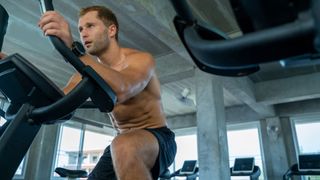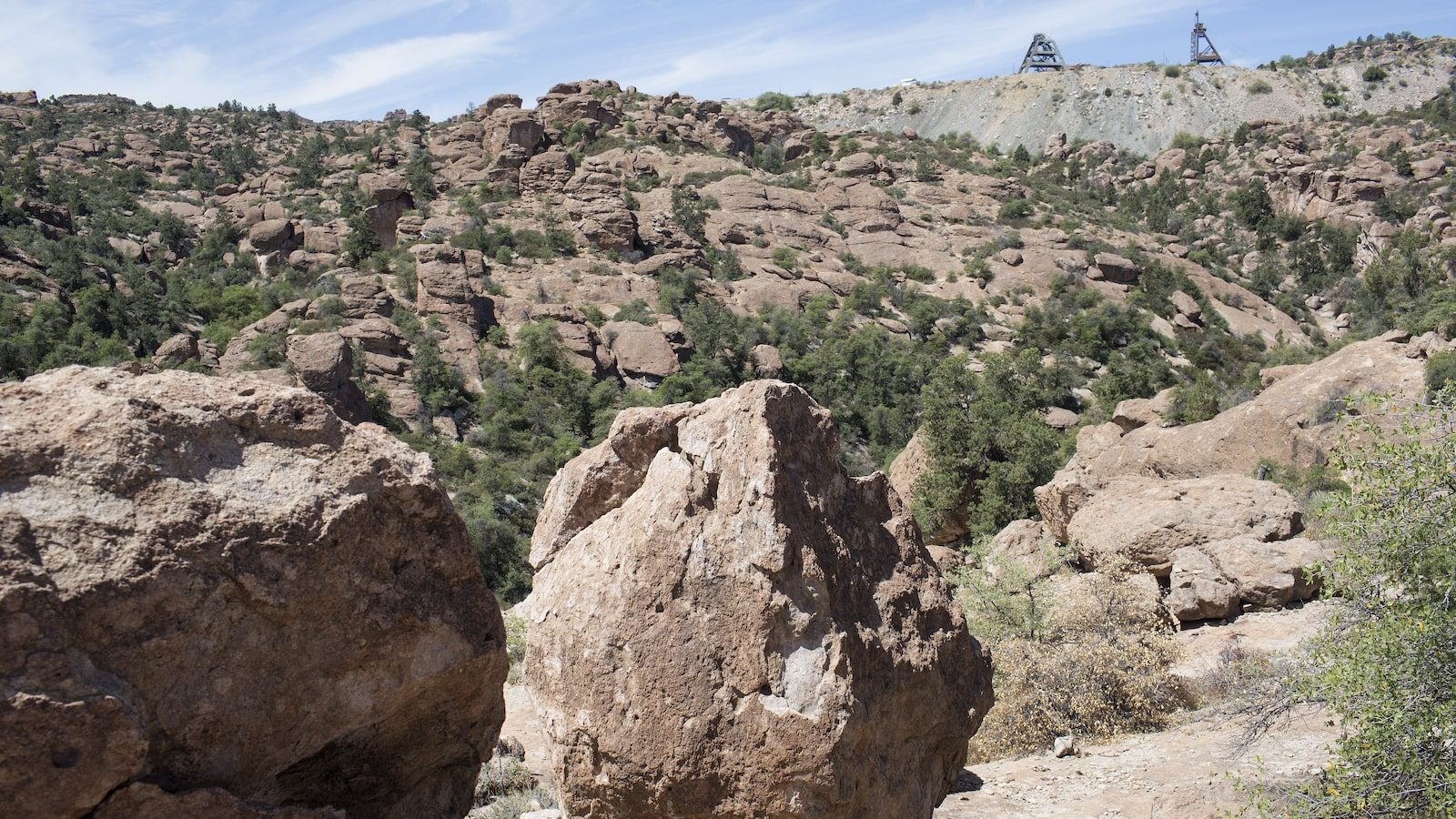
If you’re a keen cyclist then you might be wondering – does bike riding work your abs? Strengthening your abs can have a host of benefits, including improving sports performance, reducing lower back pain, and even simply for aesthetic purposes.
The abs, or Rectus Abdominis, is a long muscle that runs from the front of your hips up to about the middle of your ribs. Its main function is spinal flexion, or rounding the spine (such as in a sit-up) but also can assist with spinal rotation (moving the torso from side to side). The abs also play a role in transferring power and force from the lower body to the upper body and vice versa, which is why they’re so important for athletic endeavors.
Does bike riding work your abs? What you need to know
Unfortunately, there’s no direct evidence to point to whether or not cycling works the abs. However, we can use the existing science on what does work the abs to figure out how that might apply to riding a bike through EMG data. According to the National Library of Medicine, EMG (or electromyography) records the amount of electrical activity within a muscle to determine how active a muscle is during a movement.
A study from 2006 in the Physical Therapy and Rehabilitation Journal showed that exercises with different emphases activated different segments of the abs. For example, exercises mainly focusing on pulling the shoulders towards the hips or knees (such as a Sit-up) engaged the upper abs more. Meanwhile, exercises that involved pulling the knees up towards the shoulders (such as a Hanging Leg Raise) engaged the lower abs more effectively.

Riding a bike means that you have to pull your knees up towards your shoulders as you pedal, so there are some encouraging signs for bike riding working your abs.
However, a 2008 paper in the Journal of Strength and Conditioning Research showed that EMG was highest for the abs in exercises where the subjects were resisting Spinal Extension (arching the spine), as opposed to actively flexing the spine, such as in an abdominal crunch or a cycling posture. Plus, a study from Moreas et al. in Physical Therapy in Sport showed that abdominal activity increased as exercises were done with higher loads, something that’s absent when cycling.
In addition, a paper from 2014 in Sports Biomechanics showed higher activity in the upper and lower abs with a longer distance between points of contact, which is quite short on a bike; from the hands on the handlebars to sitting on the saddle is only a couple of feet at most.
To make matters worse, although the lower abs work to pull the knees up towards the shoulders, the hip flexors do as well. In fact, the hip flexors are actually very active during cycling (as confirmed by a 2016 paper in the European Journal of Applied Physiology) and may well take over most of that work.
Does bike riding work your abs? The science
Luckily, it’s not all doom and gloom and there are some very simple ways to ensure that your abs get a workout while cycling. Remember that your abs play a vital role in transferring force from your lower body to your upper body and the stronger your abs are, the more the force from pedalling will go into the bike from your hands on the handlebars.

A paper from 2014 in the Journal of Strength and Conditioning Research showed higher abdominal engagement when doing sit-ups on a Bosu ball versus a stable surface. A very simple way we can apply this to the bike is to simply cycle out of the saddle more. Your abs connect your hips to your ribs, so forcing your body to control that area instead of sitting down will give your abs the opportunity to do more work.
A study from 2018 in the European Journal of Sports Science showed that simply focusing on engaging a muscle during a task makes it physically work harder. Meanwhile, a 2015 paper in the Journal of Strength and Conditioning Research showed that this can be applied specifically to the abs.
What to apply to your workout
Although bike riding doesn’t work your abs particularly well alone, having strong abs is important to perform at your best on the bike. Luckily, there are simple ways to make sure your abs are doing more work while cycling.
First of all, spend more time cycling out of the saddle. Your abs will be worked harder, you can cycle faster and you’ll get a better workout. Secondly, think about engaging your abs while riding your bike. This will help you both work your abs more and ensure that more of the force that you’re applying will go into the bike, pedals, gears and wheels.
Both of these techniques can be difficult, tiring and attention-intensive, so it’s probably best to do this on an exercise bike instead of on the road.

Will McAuley is a London-based Personal Trainer and Nutrition Coach who’s writing has appeared in Men’s Fitness and GQ magazine, covering exercise, nutrition and health. He has a Master’s degree in Strength & Conditioning from Middlesex University in London, is a published scientific author in the Journal of Strength and Conditioning Research, and holds a Bachelor’s degree in Linguistics from Trinity College Dublin.
Note: This article have been indexed to our site. We do not claim ownership or copyright of any of the content above. To see the article at original source Click Here













